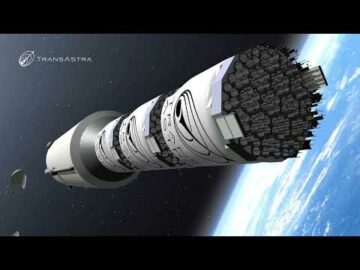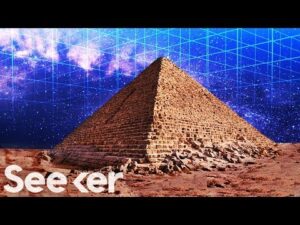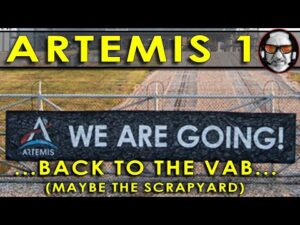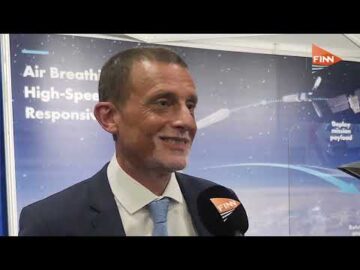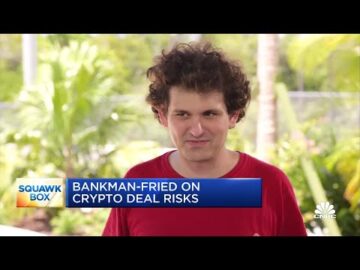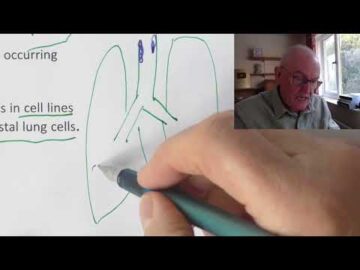How do we extract energy from space around a spacecraft? If there are differences in the speed of the solar wind or differences in flows of particles around a spacecraft or where a spacecraft is passing then highly efficient extraction of power can enable great capabilities.
On earth, we had sailing ships millennia before turbines were created for powered ships. Albatrosses are able to use differences in wind speed to get to speeds over 100 mph. It is called dynamic soaring. Drones have been created that reach over 500 mph leveraging large wind shear and dynamic soaring.


I covered this earlier this month about using the known structure and features of the solar system to access solar wind differences. Around the equator of the sun solar wind is 400 miles per second but out of the poles it is 700 miles per second. Dynamic soaring enables speeds ten times or more than the wind speed. You dive in and out of the differences in wind speed.
Accessing the solar wind efficiently is difficult. The solar wind particles are ten thousand times less energy than the photon – sunlight energy. A physical sail would not work. You have to make a magnetic field as a sail. You also need to go beyond that and have the magnet create a magnetic field and capture electrons and circulate those around the spacecraft for an even larger magnetic field.
Finding two different media with particles at rest.
You have created a magnetic field in space and then created a plasma magnet and then used dynamic soaring to get to 2% of lightspeed.
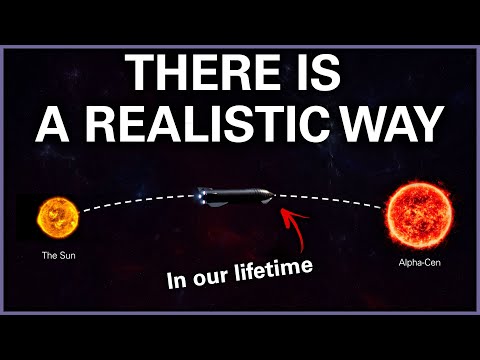

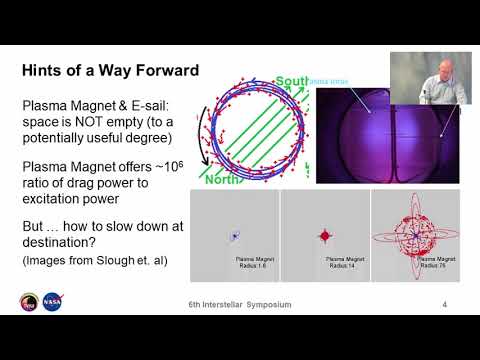
The next step is to create a magnetic propeller out of the plasma magnet and take about two years to go from 2% to 10-20% of lightspeed.


The magnetic propeller could also involve Q drive. At 5% of light speed the particles have more energy than nuclear fusion. The Q drive proposes efficiently extracting energy from the passing particles when you are at high speed and concentrating it into reaction mass that you carry. Fire the reaction mass out the back to bootstrap to even higher speeds.
Look at the sources of energy and the density of the energy and the total flux of the energy.
Slowing down at the target solar system is using the solar winds and other fields of the target system.
Plasma Magnet
Dr. John Slough of the University of Washington. The project dubded Plasma Magnet (better to be called Plasma Magnetic Sail) has been created and validated in the laboratory under NIAC phase I and phase II funding.
This is different than the M2P2 which would fill a static dipole EMF with plasma and use it as a drag device in the solar wind.


Plasma Magnetic Sail operates like a single phase capacitor induction motor, with two coils, sequentially energizing themselves to create a rotating magnetic field (RMF). The speed of the RMF at one AU is ~3 hertz (just below the cyclotron resonant frequency of the hydrogen electrons of the solar wind.) The RMF captures and drags the electrons around in the field, where the protons are too heavy to be caught up in the same. Polyphase coils of 10 meters radius and powered by a mere 1 kilowatt can created an electron populated RMF of 10s. or 100s of kilometers in diameter. The sail expands in size as it moves away from the Sun and unlike the solar sail maintains constrant acceleration.
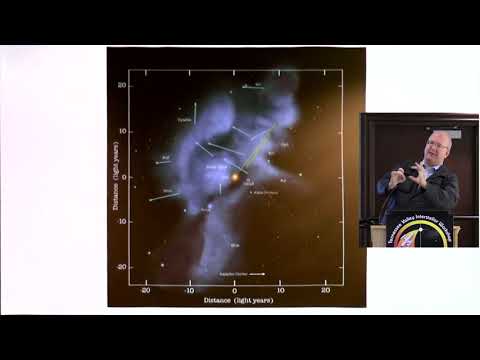
Phased antennas operating in the radio frequency range produce a rapidly rotating magnetic field. This field preferentially accelerates electrons within a plasma to produce a direct current that can generate a steady state magnetic field that is much larger than can be sustained by practical electromagnets.


Brian Wang este un lider gânditor futurist și un popular blogger științific, cu 1 milion de cititori pe lună. Blogul său Nextbigfuture.com este clasat pe locul 1 pe Știrile știrilor. Acoperă multe tehnologii și tendințe perturbatoare, inclusiv spațiu, robotică, inteligență artificială, medicină, biotehnologie anti-îmbătrânire și nanotehnologie.
Cunoscut pentru identificarea tehnologiilor de vârf, el este în prezent co-fondator al unui startup și strângere de fonduri pentru companii cu potențial ridicat în faza incipientă. El este șeful cercetării pentru alocări pentru investiții în tehnologie profundă și un investitor înger la Space Angels.
Vorbitor frecvent la corporații, a fost vorbitor TEDx, vorbitor al Singularity University și invitat la numeroase interviuri pentru radio și podcast-uri. El este deschis vorbirii publice și consilierii angajamentelor.





